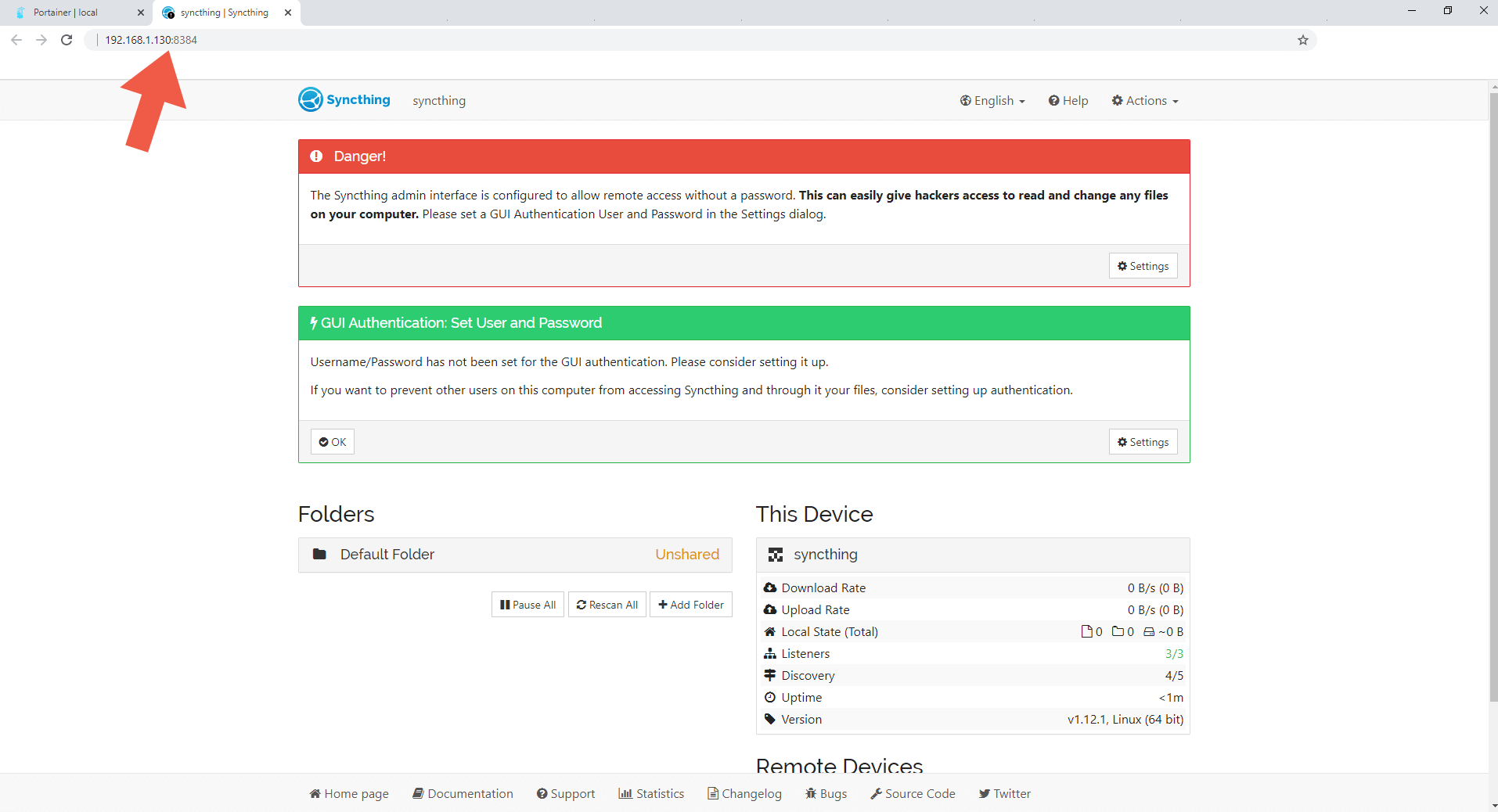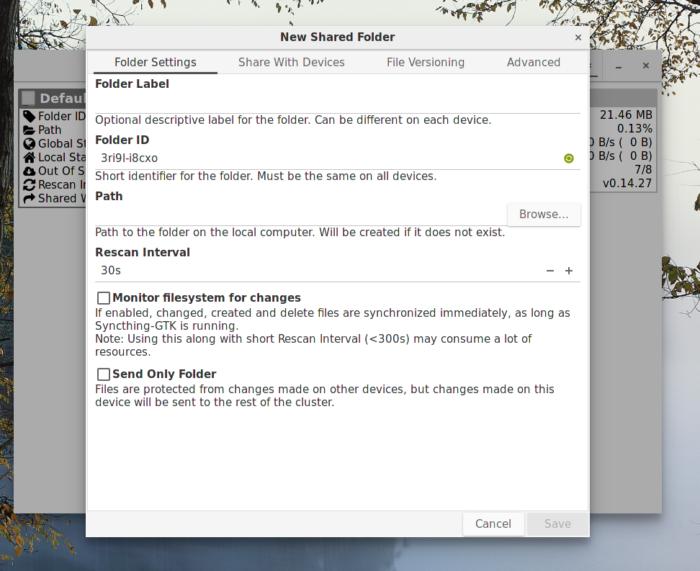

- SYNOLOGY SYNCTHING HOW TO
- SYNOLOGY SYNCTHING INSTALL
- SYNOLOGY SYNCTHING UPDATE
- SYNOLOGY SYNCTHING FOR ANDROID
- SYNOLOGY SYNCTHING CODE
Usually you would update the Syncthing package via the Package Center.Ĭurrently (mid 2014) there are frequent updates to Syncthing which the cytek repository does not track.įortunately, the Synthing binary (the part that actually implements the syncthing server/client) can update itself by starting it with the -upgrade option from the command line. Updating Synthing : This part has been superseded by this post.
SYNOLOGY SYNCTHING HOW TO
You find instructions on how to operate Syncthing here. You can control Syncthing via its web interface on
SYNOLOGY SYNCTHING INSTALL
You'll find the Syncthing package under "Other Sources" from which it can install it as usual. Open the Package Center and add under Settings the following Package Source How to install Syncthing on a Synology Diskstation Disclaimer: These instructions were only tested on a DM1812+ with DSM 4.0.
SYNOLOGY SYNCTHING FOR ANDROID
There are already ports for Android and the Synology NAS. Note: Some Docker Containers Need WebSocket.Syncthing is a secure directory syncing tool still in its early development stages which runs on various platforms like Linux, Windows, Mac, BSD and Solaris. Note: Best Practices When Using Docker and DDNS. Note: Convert Docker Run Into Docker Compose. Note: How to Use Docker Containers With VPN. Note: How to Change Docker Containers Restart Policy. Note: How to Add Access Control Profile on Your NAS. Note: How to Activate Email Notifications. Note: How to Schedule Start & Stop For Docker Containers. Note: How to Free Disk Space on Your NAS if You Run Docker. Note: Can I run Docker on my Synology NAS? See the supported models. Note: Find out how to update Syncthing container with the latest image. Note: If you want to run Syncthing container over HTTPS check How to Run Docker Containers Over HTTPS. Follow the instructions in the image below. Once you logged in for the first time, remember to add a GUI Authentication User and Password. Now open your browser and type in 8384 disallow anonymous usage reporting. It will depend on your Internet speed connection. The installation process can take up to a few seconds/minutes. Go back to STEP 1 or you will deal with karma 🙂 You will be asked to run Install Syncthing – click Yes. Click OK.Īfter you click OK on STEP 6, select your “Install Syncthing” Task then click the “ Run” tab. For example: /volume2/docker/syncthing/config or /volume3/docker/syncthing/config etc.Īfter you click OK on STEP 5a new warning pop up window will open. Note: If you have your docker folder in a different volume, then change /volume1/docker/syncthing/config according to your settings.
SYNOLOGY SYNCTHING CODE
Note: Before you paste the code above in the Run command area below, change the value for TZ ( Select your current Time Zone from this list). ( Follow my step by step guide on how to do this.) Note: Before you paste the code above in the Run command area below, change the value numbers for PUID and PGID with your own values. e PUID= 1026 \ -e PGID= 100 \ -e TZ= Europe/Bucharest \ Task Settings: Check “ Send run details by email“, add your email then copy paste the code below in the Run command area.Schedule: Select Run on the following date then select “ Do not repeat“.General: In the Task field type in “ Install Syncthing.Once you click on User-defined script a new window will open. Follow the instructions in the images below. Go to Control Panel / Task Scheduler / Create / Scheduled Task / User-defined script.

Note: Be careful enter only lowercase, not uppercase letters. Inside the docker folder, create 3 new folders and name it syncthing, data1, data2. Go to File Station and open the docker folder. Install Docker via Synology “ Package Center”. Please Support My Work by Making a Donation. Note: This guide works perfectly with the latest Syncthing v1.21.0 release. In this step by step guide I will show you how to install Syncthing on your Synology NAS using docker. Your data is your data alone and you deserve to choose where it is stored, if it is shared with some third party and how it’s transmitted over the Internet. Syncthing replaces proprietary sync and cloud services with something open, trustworthy and decentralized.


 0 kommentar(er)
0 kommentar(er)
